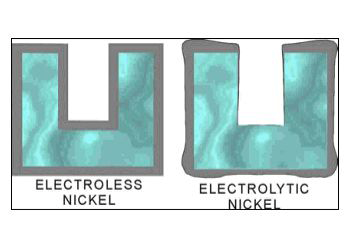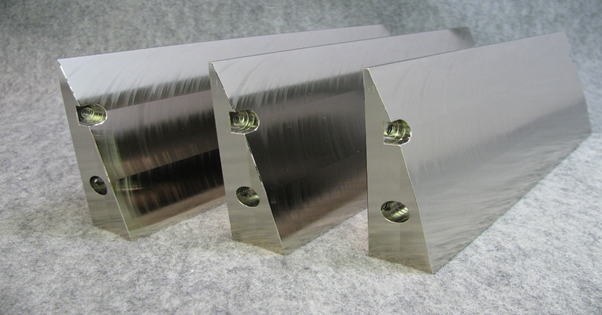Before the introduction of electroless plating, the use of electricity was common practice for nickel plating metal. However, it isn’t without issue and can cause inconsistent coverage and irregular thickness. Thankfully, these are no longer issues with electroless nickel plating. Here are some further benefits:
Plating can be tailored to match the exact requirements of the substrate being used. A client with a material or product can have a bespoke chemical process made to suit their needs completely. For Electroless Nickel Plating, visit a site like Poeton, suppliers of Electroless Nickel Plating services.

This method also allows for a more precise thickness of plating and unique characteristics. It can be used both on non-conductive and conductive materials so is available for treating a much wider range of products than electrolytic plating.
A more consistent finish is possible with electroless plating as the coating isn’t affected by flow issues or the geometry of components. Electroless plating often means that no further finishing is required as there will be an even layering on the exposed parts. It can also reach difficult to reach places on the parts, such as bearings to provide a thorough covering on the most complex of components.

Electroless plating provides increased resistance to corrosion, plating of irregular shaped objects and hard to reach areas, lower running costs, less waste due to getting an even coating first time and a reduction in downtime as a result of plating problems.
